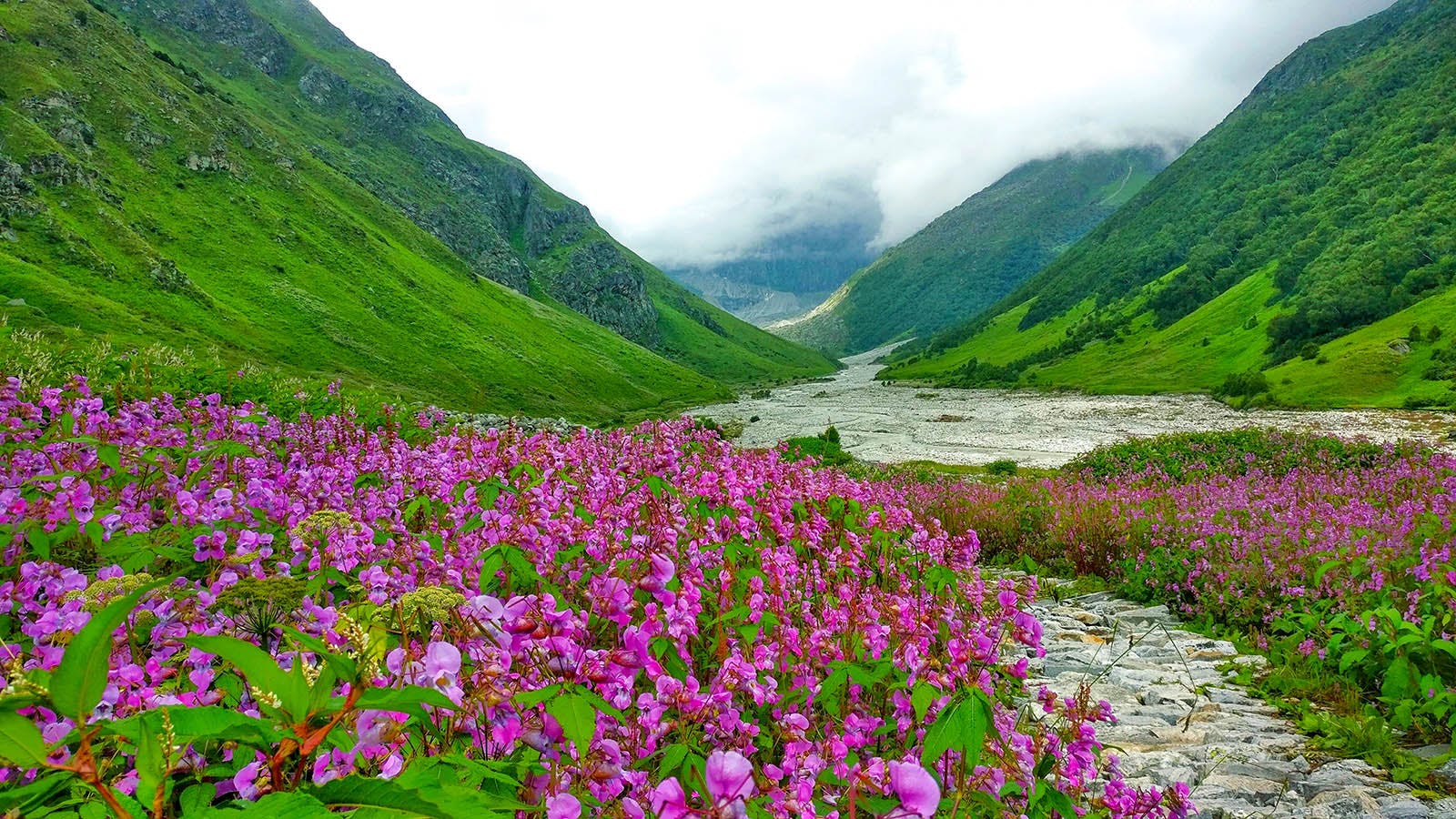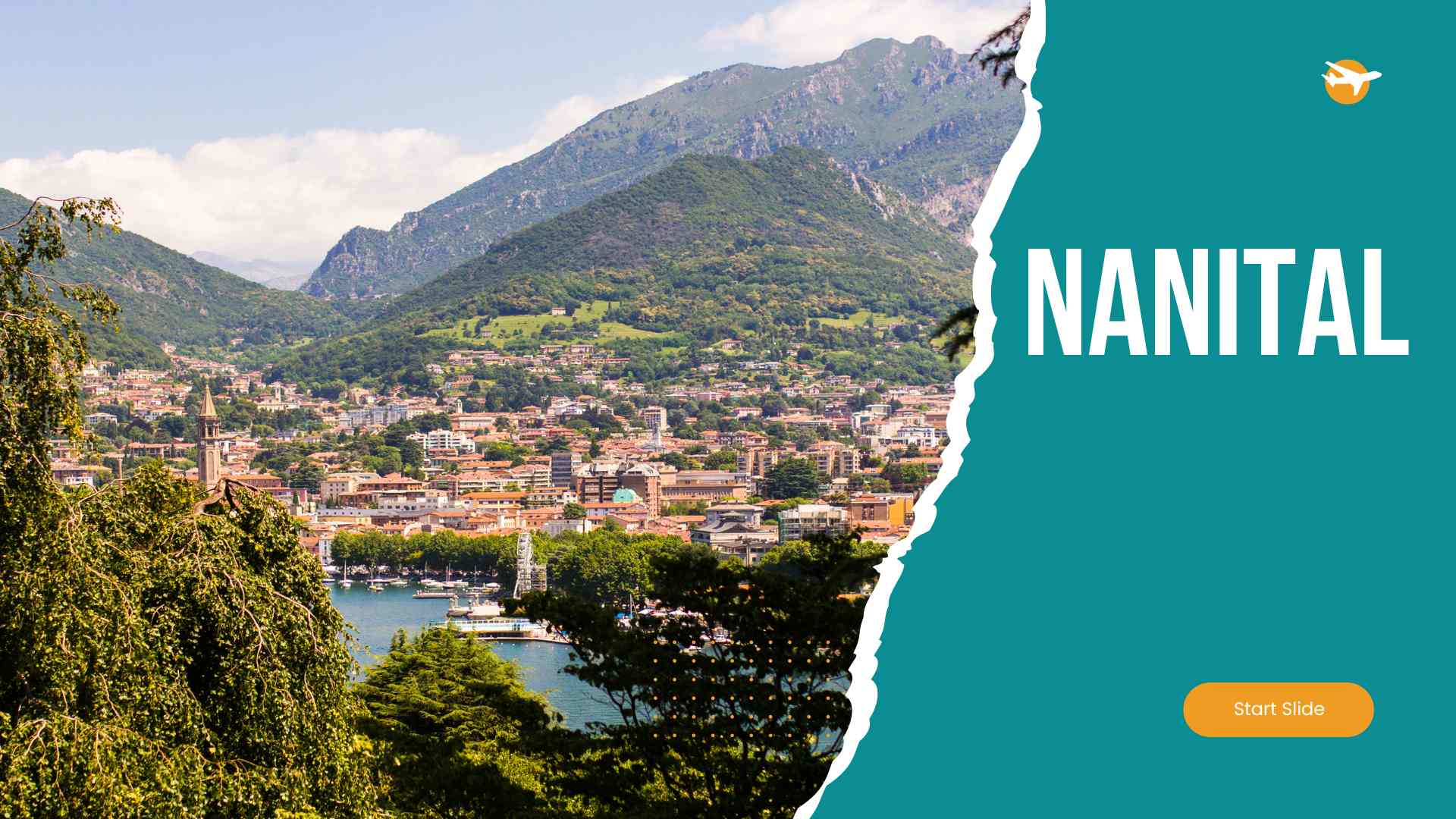Sure! Here's a blog post on the Valley of Flowers, ideal for a travel or nature blog:
Valley of Flowers: A Hidden Paradise in the Himalayas
Tucked away in the lap of the Western Himalayas, the Valley of Flowers National Park is a place that seems almost unreal — a canvas of nature’s most vivid colors, painted with wild blooms, rare plants, and serene landscapes. Located in the Chamoli district of Uttarakhand, India, this UNESCO World Heritage Site is a dream destination for trekkers, botanists, nature lovers, and spiritual seekers.
A Glimpse of Paradise
From July to early September, the valley comes alive with a breathtaking burst of colors. Over 500 species of wildflowers — including blue poppies, orchids, primulas, marigolds, and Himalayan bell flowers — blanket the valley, creating a kaleidoscope against the backdrop of snow-capped peaks. The scent of fresh blooms fills the air, the buzzing of bees provides a soothing soundtrack, and clouds roll gently through the valley, casting ever-changing shadows.
The Journey to the Valley
The trek to the Valley of Flowers begins at Govindghat, a small town near Joshimath. From there, a 13 km trek takes you to Ghangaria, the base camp for the Valley of Flowers and Hemkund Sahib. The trail winds through dense forests, past roaring rivers and quaint wooden bridges. Another 4 km uphill trek from Ghangaria leads to the valley’s entrance.
Though moderately challenging, the trek is immensely rewarding. As you climb higher, the views become more spectacular, and the silence of the valley — broken only by birdsong and flowing streams — offers a rare kind of peace.
Flora, Fauna, and Magic
Aside from its vibrant flora, the valley is home to a variety of wildlife. Lucky visitors may catch a glimpse of the Asiatic black bear, musk deer, blue sheep, or the elusive snow leopard. Bird enthusiasts may spot high-altitude species like the Himalayan monal and snow partridge.
The park, spread across 87.5 square kilometers, is not just a botanical treasure trove — it’s a spiritual haven. Locals believe the valley is inhabited by fairies and gods, and it’s easy to see why. The untouched beauty, gentle winds, and meditative silence feel otherworldly.
Best Time to Visit
The ideal time to visit is mid-July to mid-August, when the flowers are in full bloom. The valley is accessible only during the summer months, as it remains snowbound during winter.
Tips for Travelers
-
Permit Required: Entry to the park requires a permit, available at Ghangaria.
-
Stay Options: Ghangaria has basic accommodations and food. Camping inside the park is not allowed.
-
Fitness Level: A moderate level of fitness is needed for the trek.
-
Eco-Friendly Travel: Carry reusable water bottles and avoid littering. Help preserve this fragile ecosystem.
Final Thoughts
The Valley of Flowers isn’t just a trek; it’s a transformative experience. It humbles you, inspires you, and connects you to nature in its purest form. Whether you’re an adventure seeker or a contemplative soul, this hidden gem in the Himalayas offers something magical.
So, pack your bags, lace up your boots, and head to the Valley of Flowers — where nature writes poetry with petals, and time seems to slow down.
Would you like this blog adapted for a website post format, social media carousel, or email newsletter as well?



